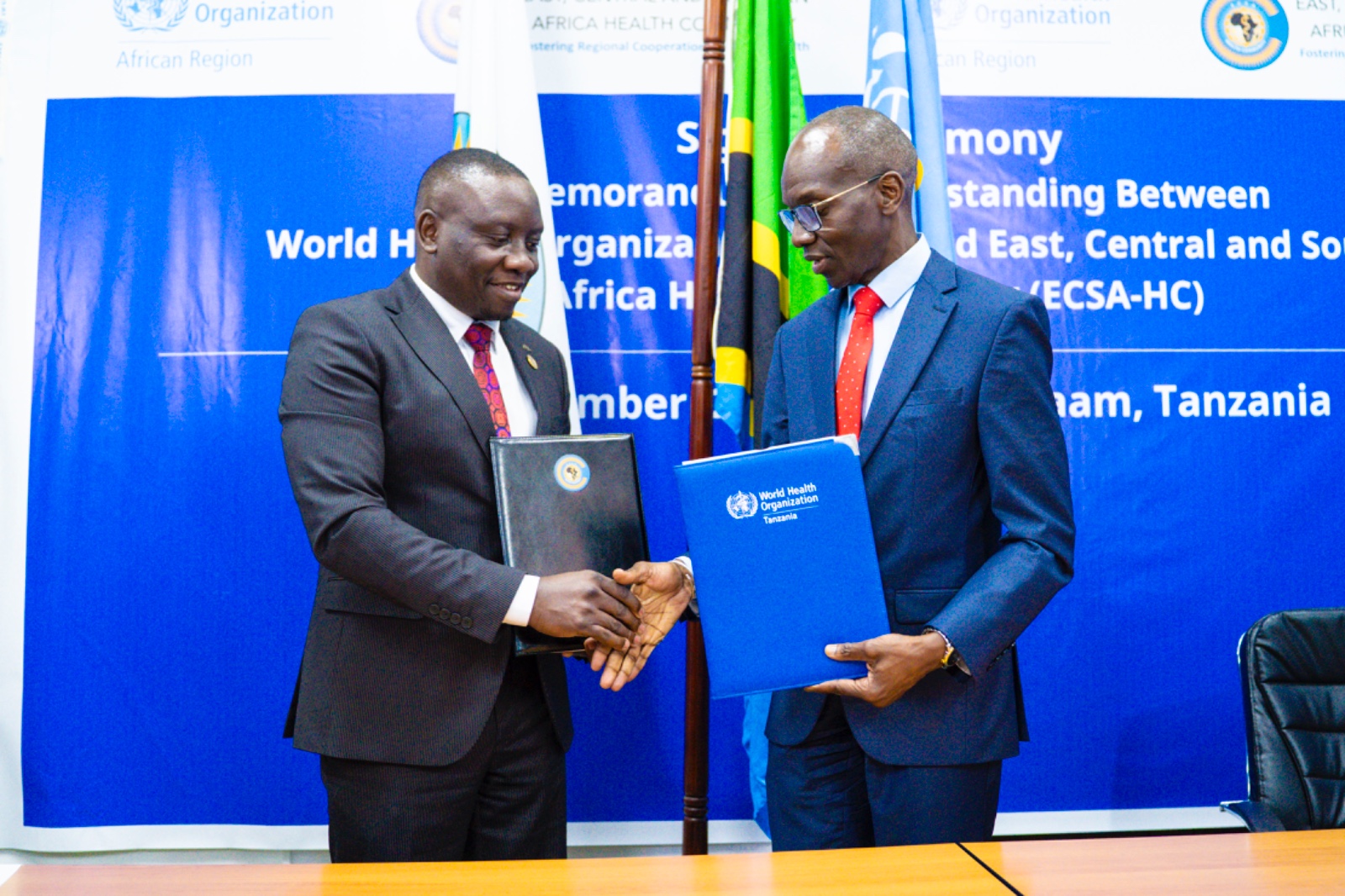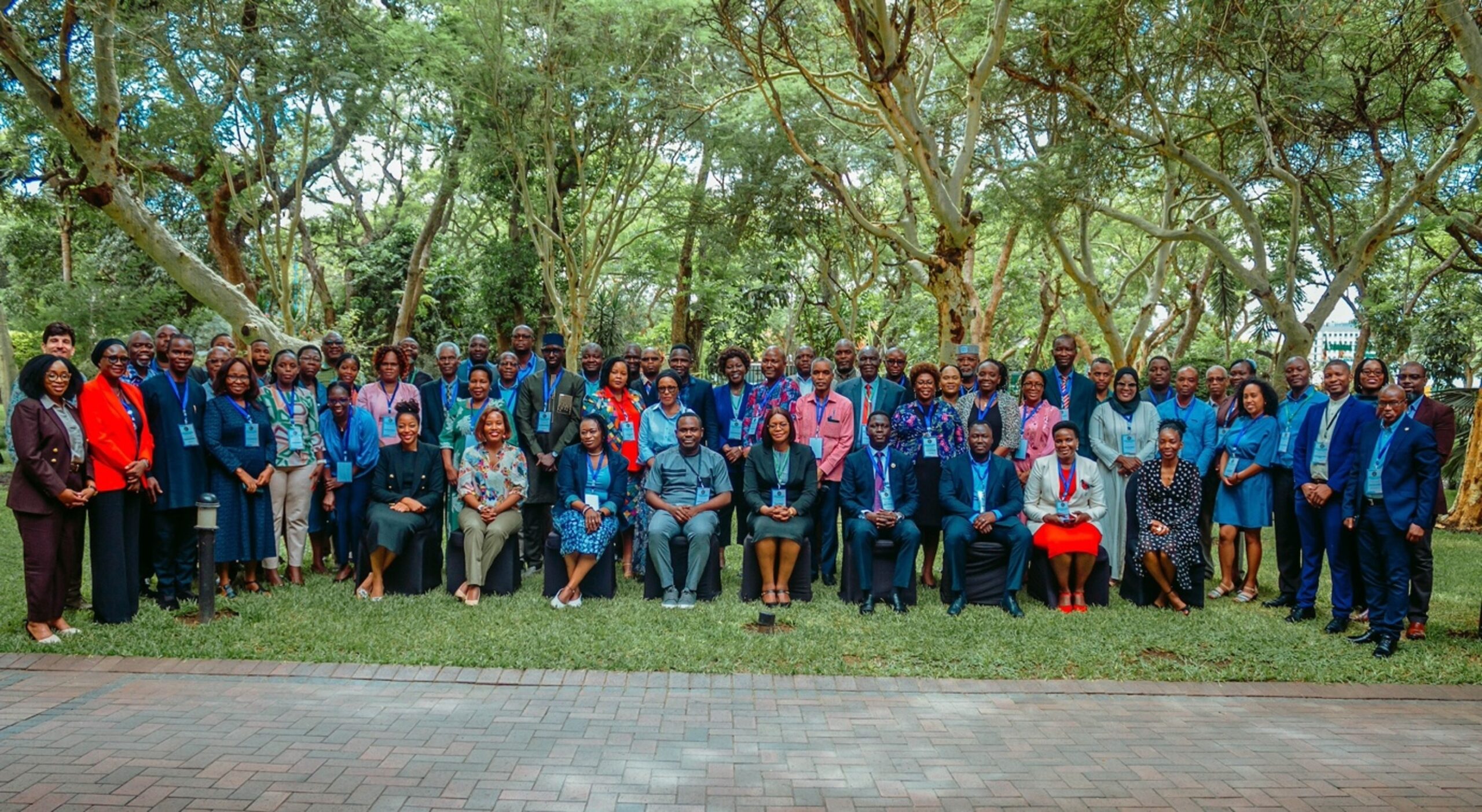The East, Central, and Southern Africa Health Community (ECSA-HC) is inviting applications from qualified individual…
A Landmark Step in the Fight Against Antimicrobial Resistance: Unveiling the AU AMR Report

The African continent recently witnessed a significant milestone in the global battle against Antimicrobial Resistance (AMR) with the launch of the AU AMR Landmark Report by the Africa Centers for Disease Control (Africa CDC). This pivotal report, developed through a robust collaboration involving National Antimicrobial Resistance Coordinating Committees, the East Central and Southern Africa Health Community (ECSA-HC), the African Society of Laboratory Medicine (ASLM), Boston Consulting Group (BCG), the Fleming Fund, Deutsche Gesellschaft für Internationale Zusammenarbeit (GIZ), UK AID, and Yale University, serves as a clarion call to both the African region and the global community.
AMR represents one of the most pressing health threats of our time, and Africa is particularly vulnerable. Infections that were once easily treatable are now becoming resistant to existing medications, resulting in prolonged illness, increased mortality, and a surge in healthcare costs. According to recent studies, AMR could cause an estimated 4.1 million deaths annually in Africa by 2050 if no urgent action is taken. This staggering number underscores the need for immediate and concerted efforts to combat this escalating crisis.
In Africa, the burden of AMR is exacerbated by factors such as the overuse of antibiotics in human and veterinary medicine, weak regulatory frameworks, inadequate surveillance systems, and a lack of public awareness about the dangers of antibiotic misuse. The economic impact of AMR on the continent is equally alarming, with potential losses amounting to $1.5 trillion by 2050 due to reduced labor productivity, increased healthcare costs, and the strain on already fragile health systems.
The AU AMR Landmark Report is a comprehensive analysis of the current AMR landscape in Africa. It not only highlights the challenges faced by member states but also provides strategic recommendations designed to curb the spread of AMR across the continent. The report is particularly timely as it sets the stage for the upcoming United Nations General Assembly (UNGA) High-Level Meeting on AMR in September 2024, where global leaders will discuss and set targets for tackling this urgent health threat.
One of the key strengths of the report lies in its alignment with the resolutions from the 73rd ECSA-HC Health Ministers Conference on tackling AMR. It emphasizes the need for the global community to support Africa’s sustainable, home-grown efforts by providing the necessary resources and political backing. This includes stimulating funding opportunities for the effective implementation of National Action Plans (NAPs) on AMR, which are crucial for tracking progress and ensuring accountability.
 The launch of the AU AMR Landmark Report is more than just an academic exercise; it is a call to action. As emphasized by the Director General of ECSA-HC during the report’s launch, the document is not only a reflection of the continent’s progress but also a reminder of the work that still needs to be done. The report’s strategic recommendations are designed to be actionable, providing a clear roadmap for member states to follow in the fight against AMR.
The launch of the AU AMR Landmark Report is more than just an academic exercise; it is a call to action. As emphasized by the Director General of ECSA-HC during the report’s launch, the document is not only a reflection of the continent’s progress but also a reminder of the work that still needs to be done. The report’s strategic recommendations are designed to be actionable, providing a clear roadmap for member states to follow in the fight against AMR.
ECSA-HC has reiterated its commitment, with funding such as World Banks’ Health Emergency, Preparedness, Response and Resilience Program, to driving action against antimicrobial resistance, recognizing that the upcoming UNGA High-Level Meeting presents a unique opportunity to galvanize political will and secure sustainable funding for AMR initiatives. The report urges the global community to listen to Africa’s voice, recognize its unique challenges, and support its efforts to protect the health and well-being of its people.
In conclusion, the AU AMR Landmark Report is a vital tool in the fight against antimicrobial resistance in Africa. By addressing the continent’s specific needs and priorities, it offers a pathway to a future where the threat of AMR is significantly reduced, and the health of millions is safeguarded. The time to act is now, and this report is the blueprint for the collective action needed to make that happen.



